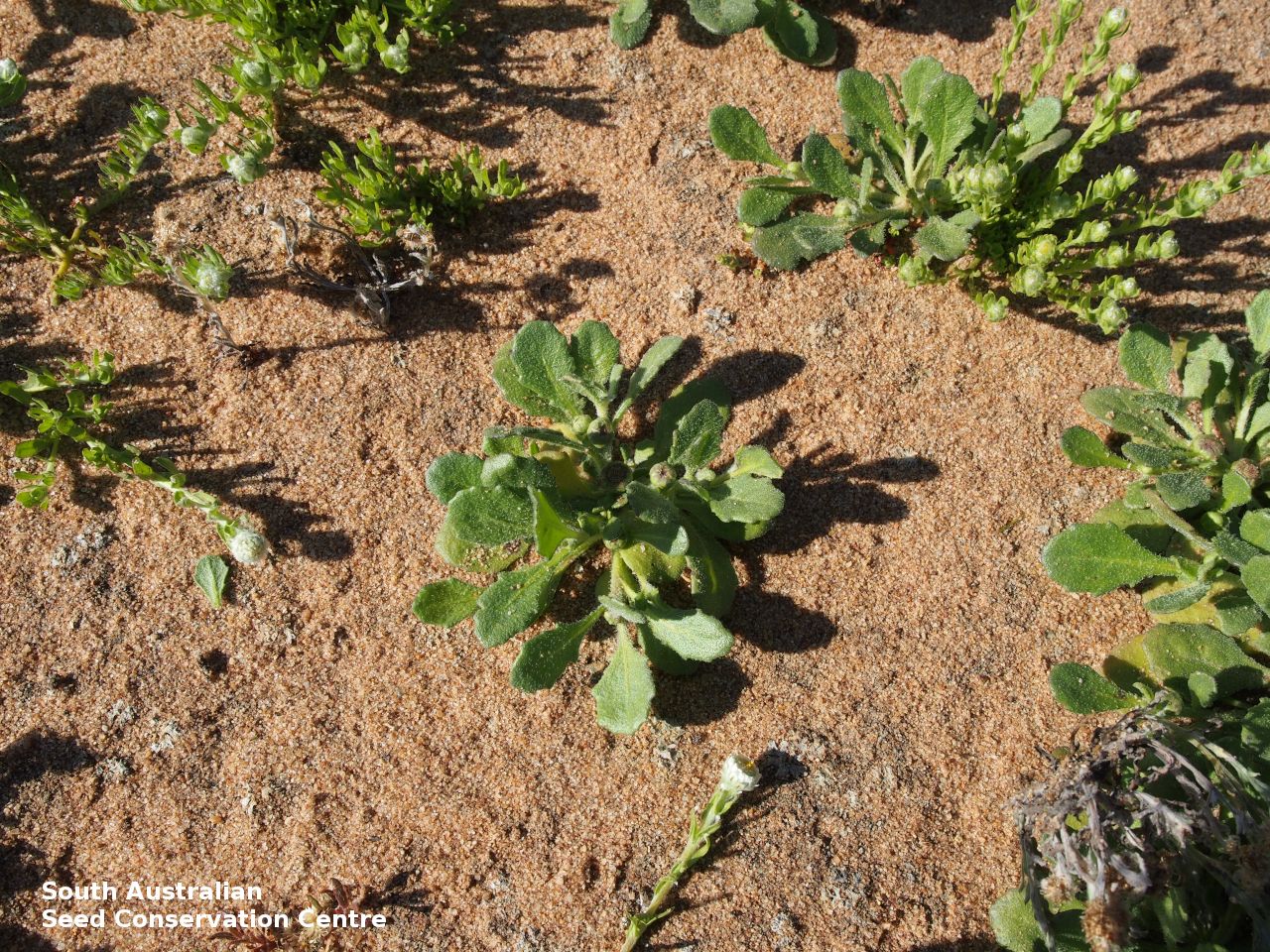
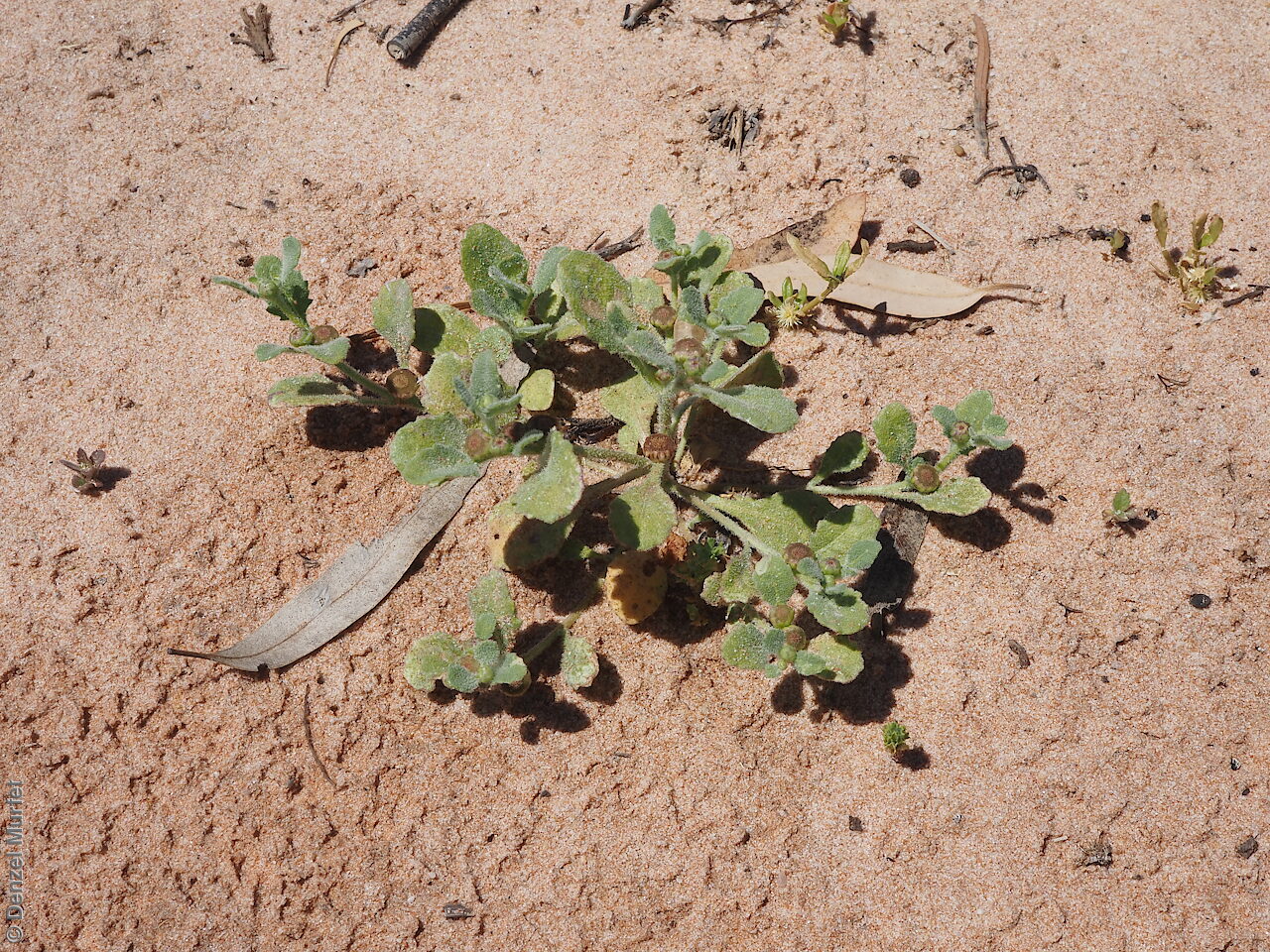
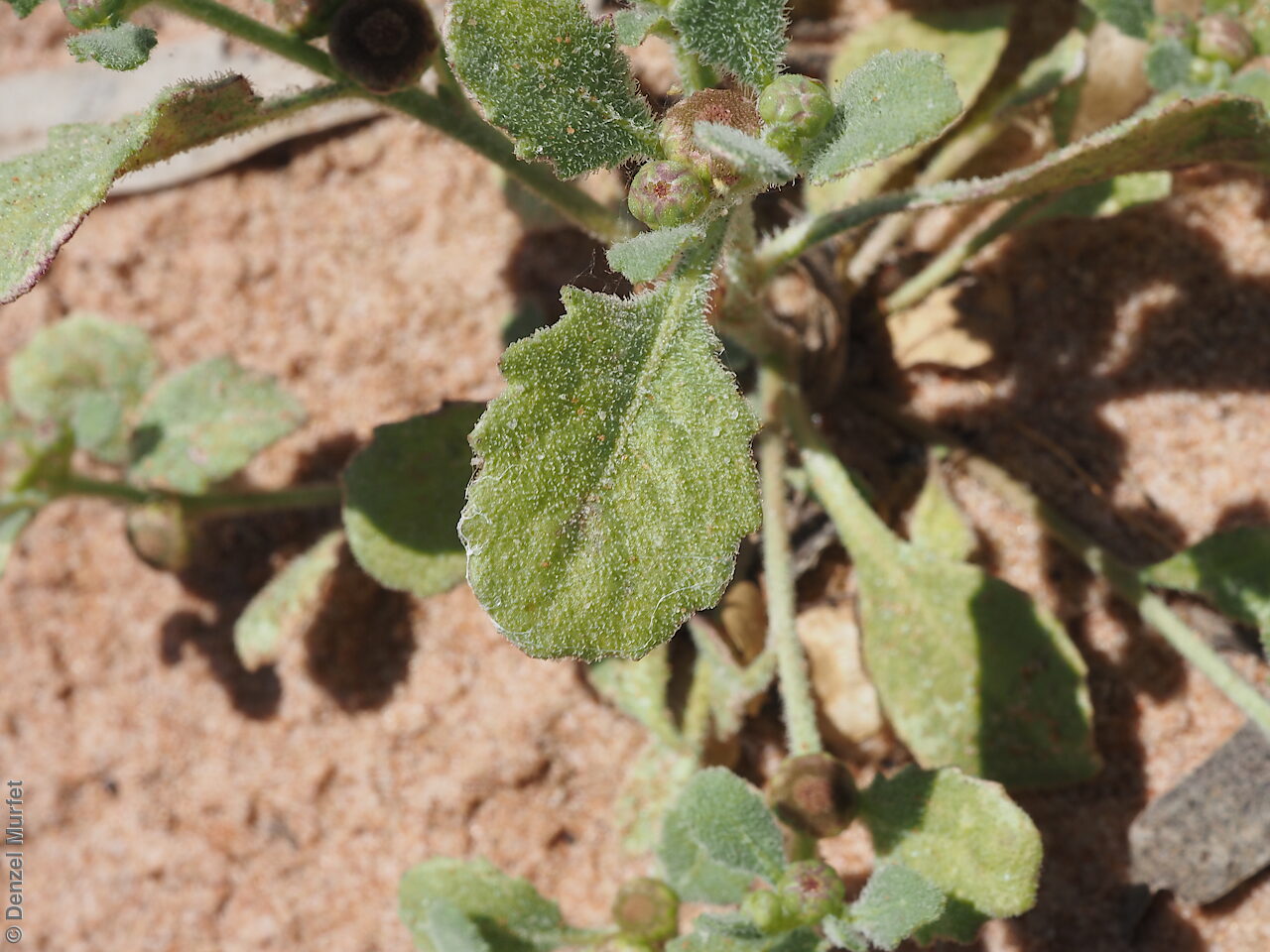
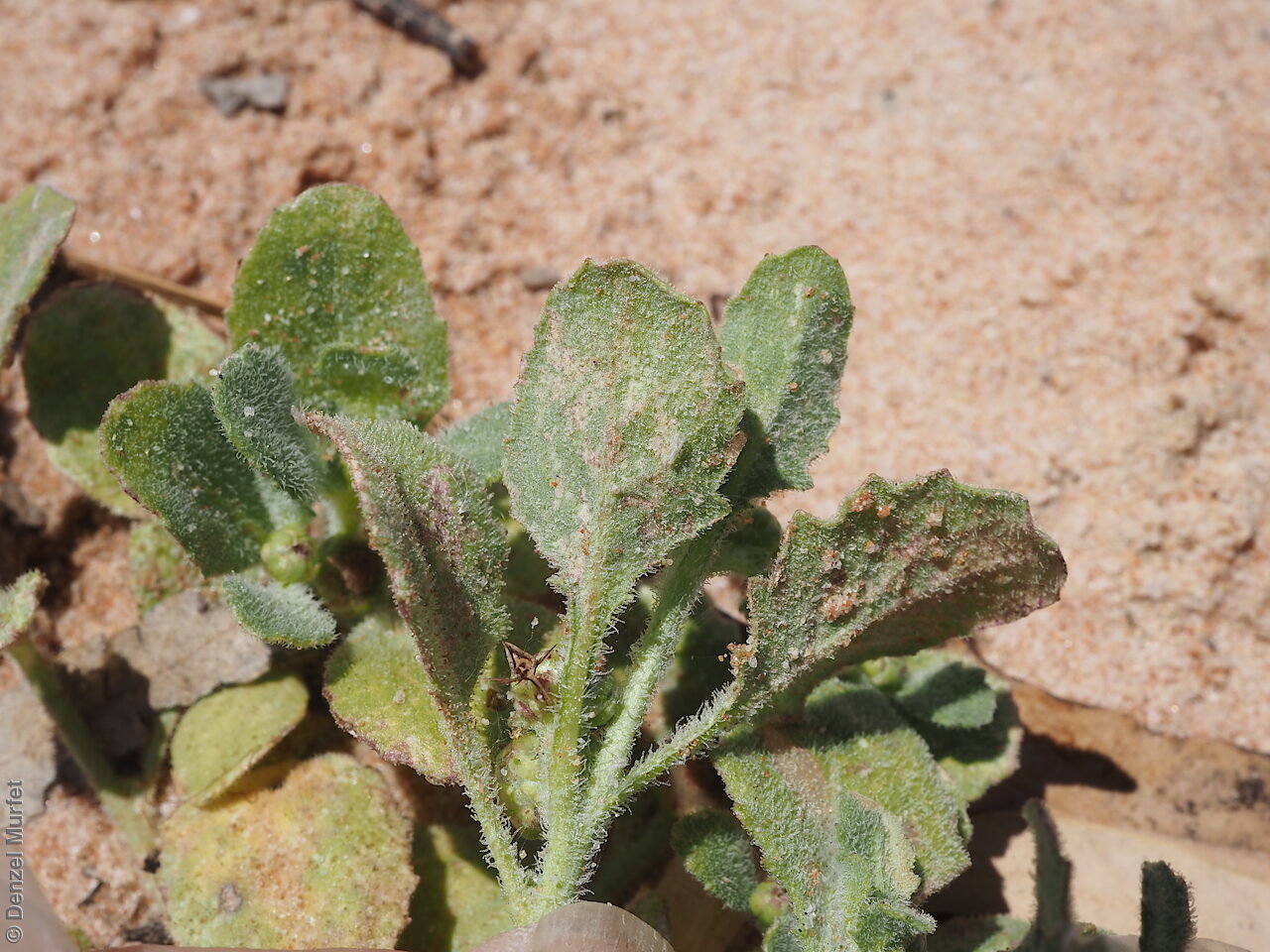
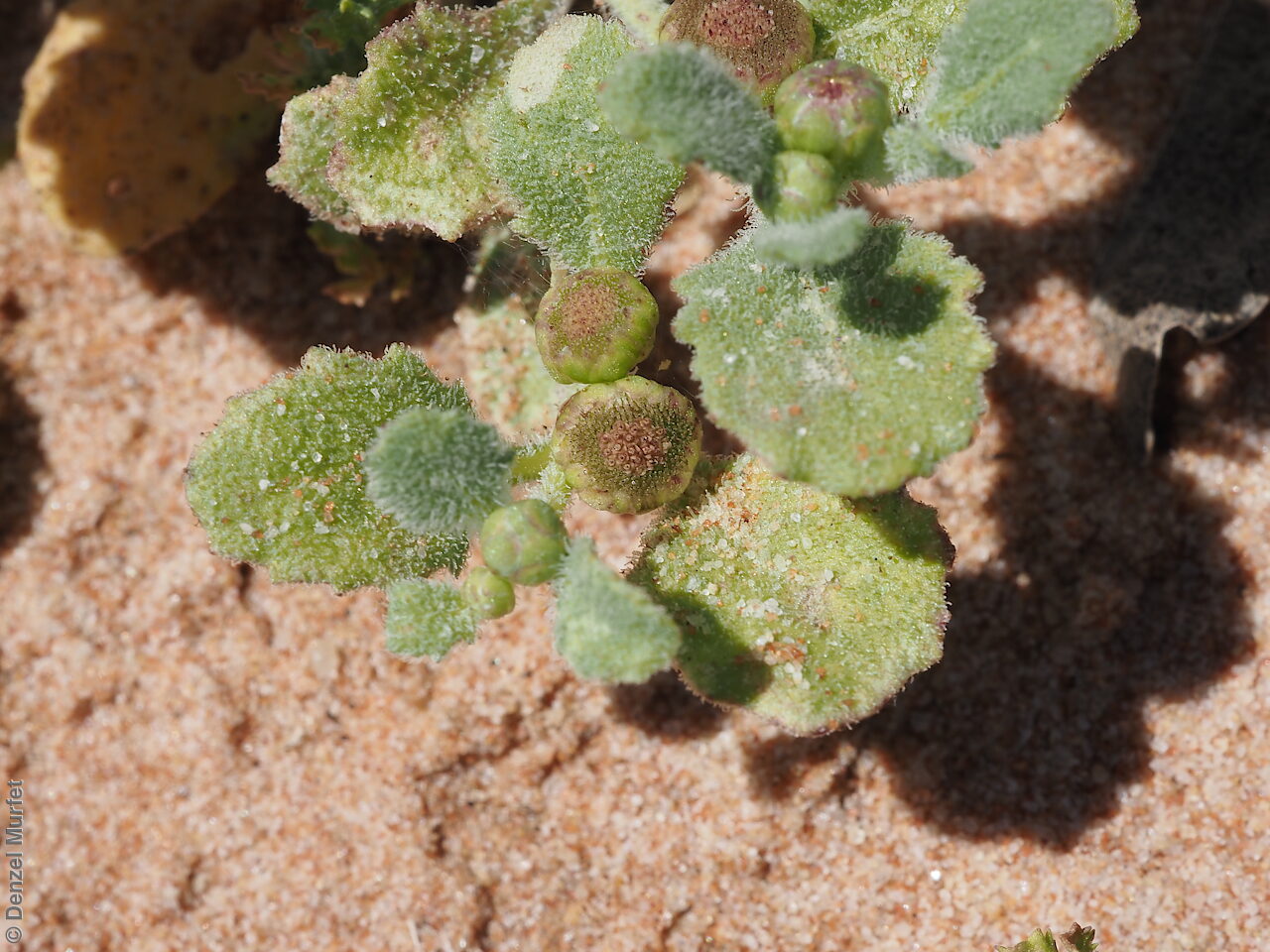
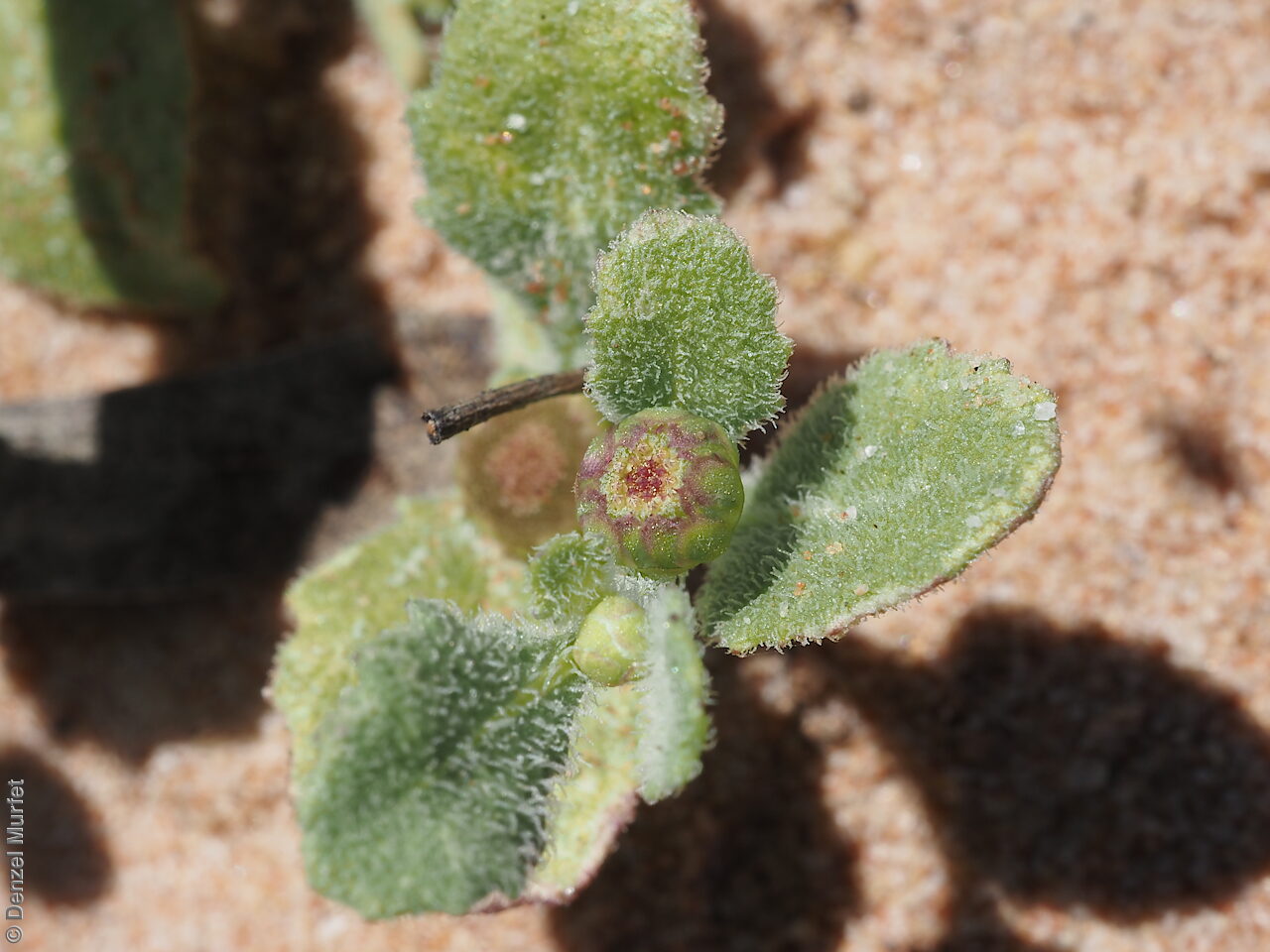
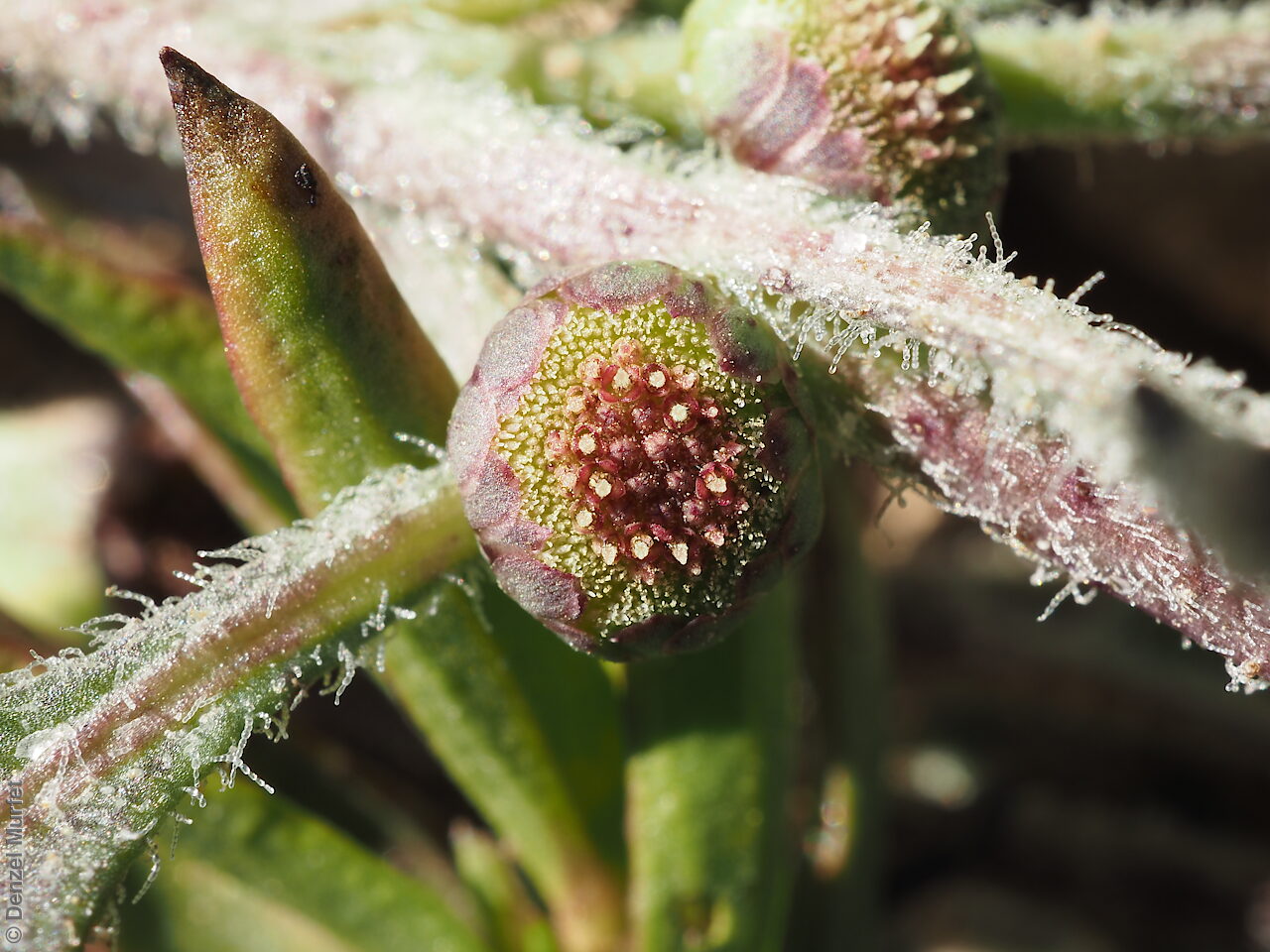
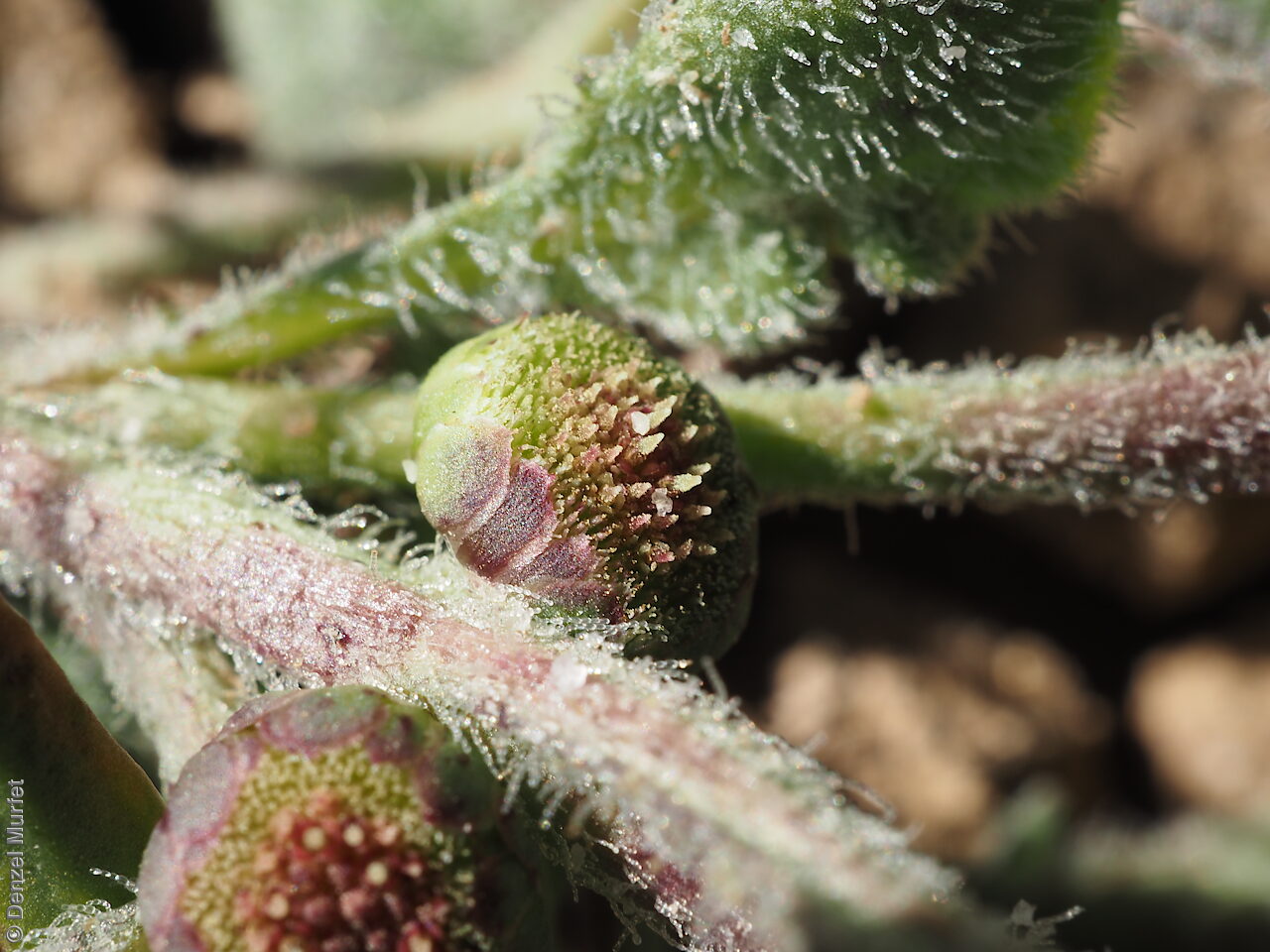
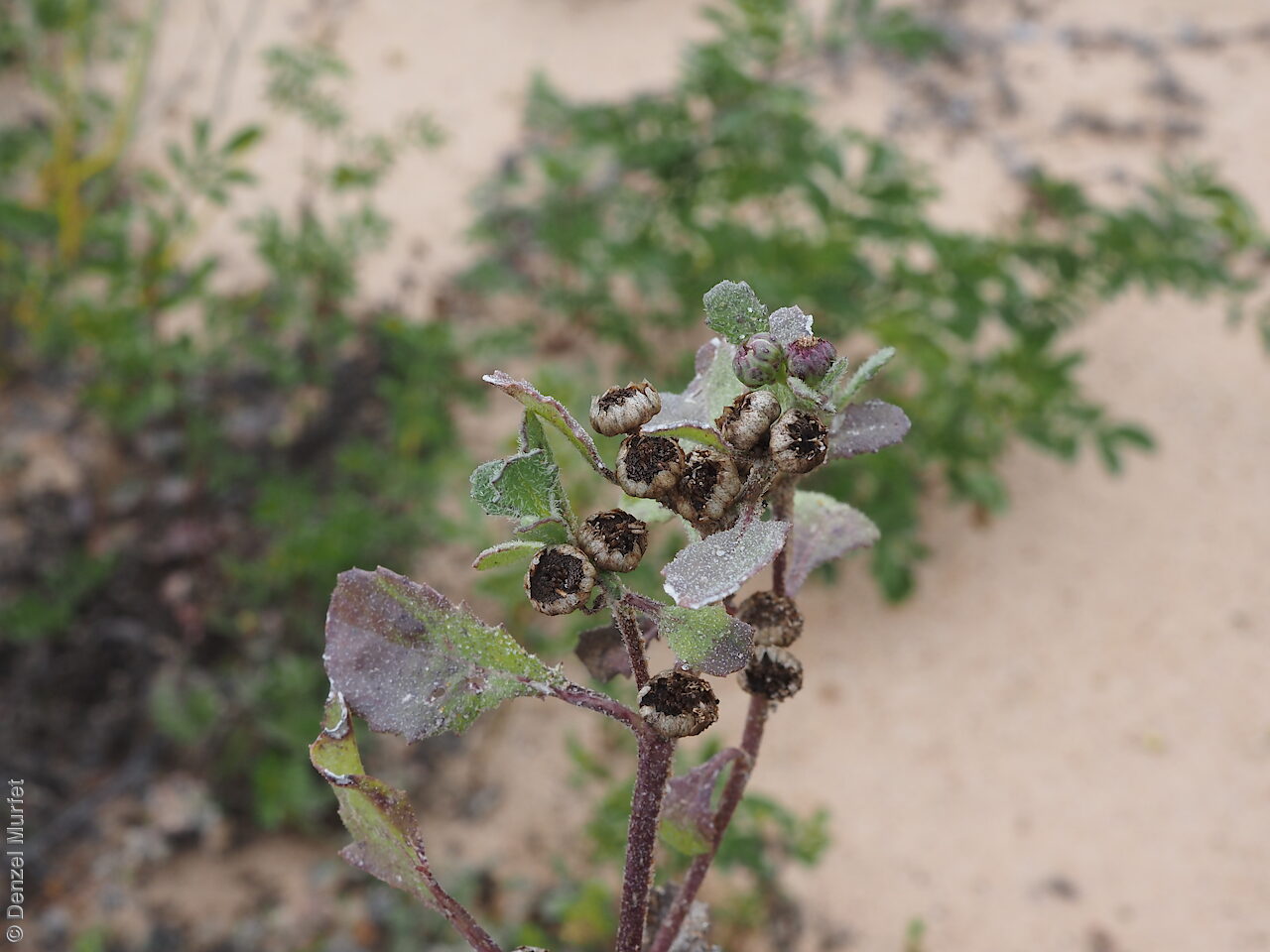
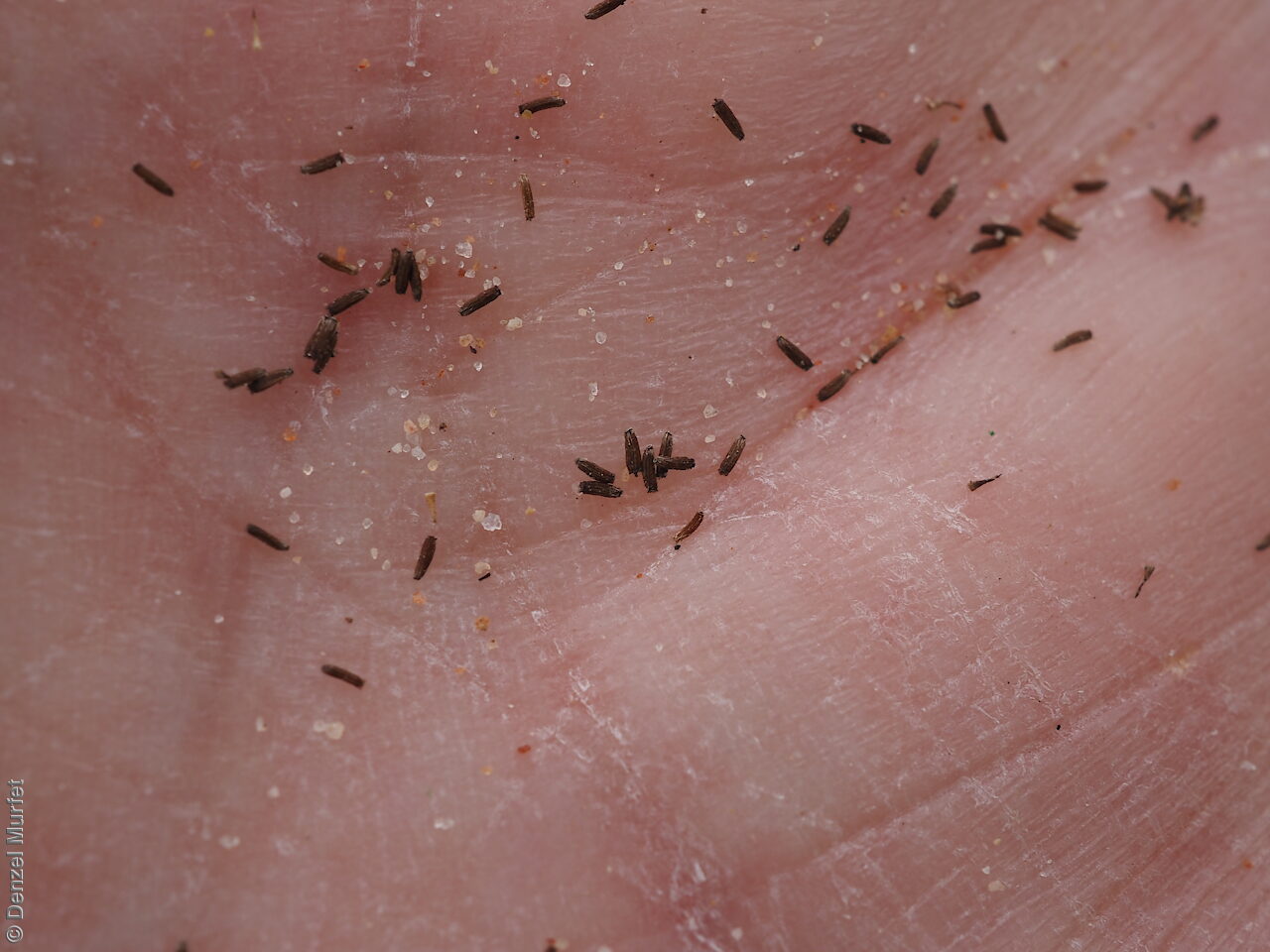


Botanical art
Prior names
Epaltes littoralis
Artemisia littoralis
Epaltes australis
Epaltes australis
Etymology
Sphaeromorphaea from the Greek 'sphaira' meaning a sphere and 'morphe' meaning a form or shape; referring to the inflorescences. Littoralis from Latin meaning of or belonging to the seashore; referring to where the type specimen was collected, seashores of eastern India.
Distribution and status
Found on the eastern side of South Australia from the Murray River to the Northern Territory bounder, growing in sunny places on the margins of creeks and dams, saline coastal flats and swamps, and in areas receiving very low annual rainfall. Also found in all mainland states. Native. Common in South Australia. Common in the other states.
Herbarium regions: Lake Eyre, Gairdner-Torrens, Eastern, Murray, Southern Lofty, Green Adelaide
NRM regions: Adelaide and Mount Lofty Ranges, South Australian Arid Lands, South Australian Murray-Darling Basin
AVH map: SA distribution map (external link)
Plant description
Prostrate to sprawling perennial herb to 25 cm high. Stems with dense hairs when young, hairs persisting at maturity. Leaves spathulate to oblanceolate or obovate, to 60 mm long AND 15 mm wide, resin present on both surfaces, young leaves densely hairy, hairs sparse to dense at maturity, margins dentate to denticulate, with 4–14 pairs of teeth, apex acute. Flower-heads solitary or in pairs, hemispherical with yellow-green flowers. Flowers throughout the year. Fruits are brown dense daisy head. Seed embryo type is spatulate.
Seed collection and propagation
Collect seeds between January and December. Collect heads that are drying off and turning brown. Place the heads in a tray for a week to dry. Then rub the heads gently with your hands or a rubber bung to dislodge the seeds. Use a sieve to separate the unwanted material. Be careful as the seeds are very small. Store the seeds with a desiccant such as dried silica beads or dry rice, in an air tight container in a cool and dry place. Seeds are non-dormant, viable seed should germinate readily.